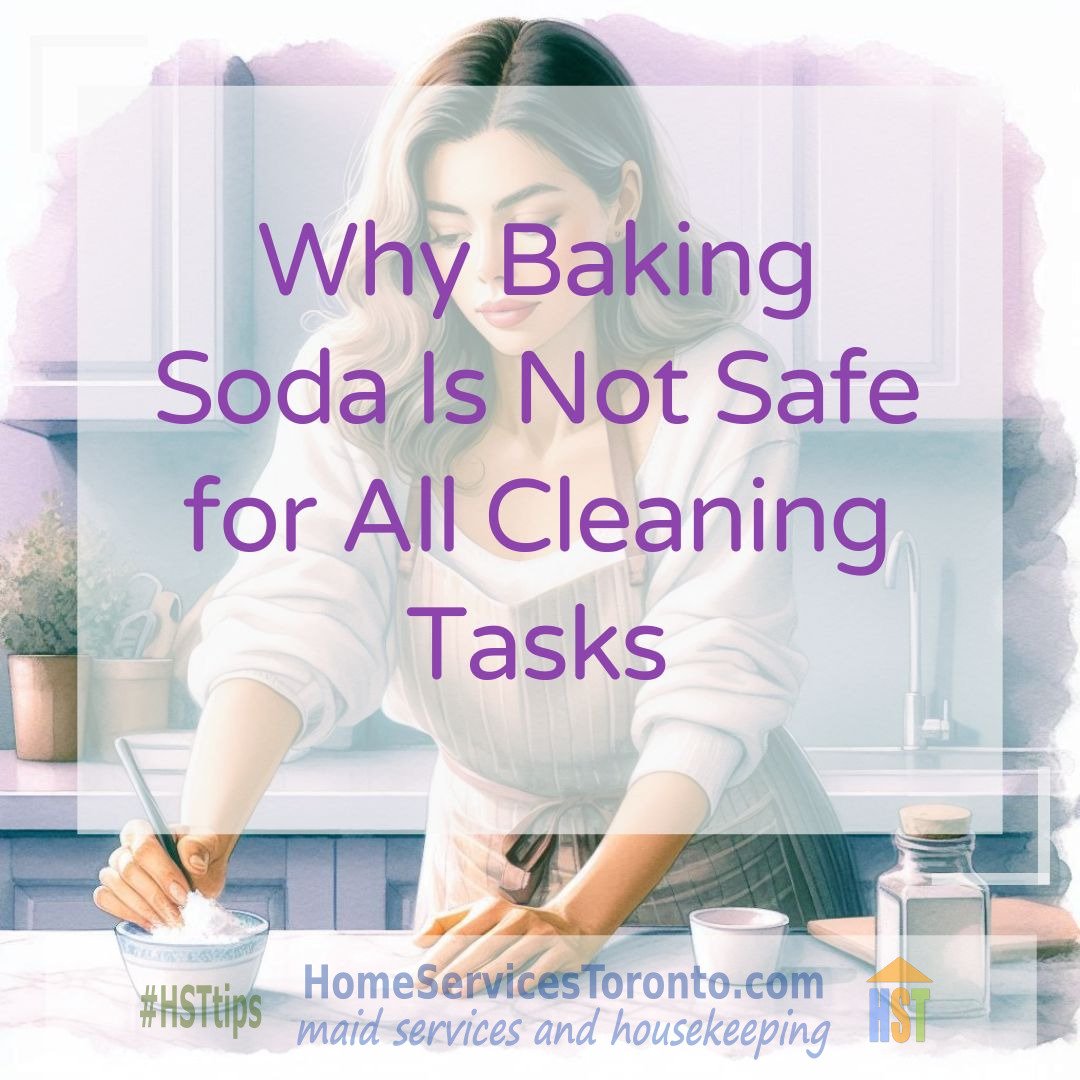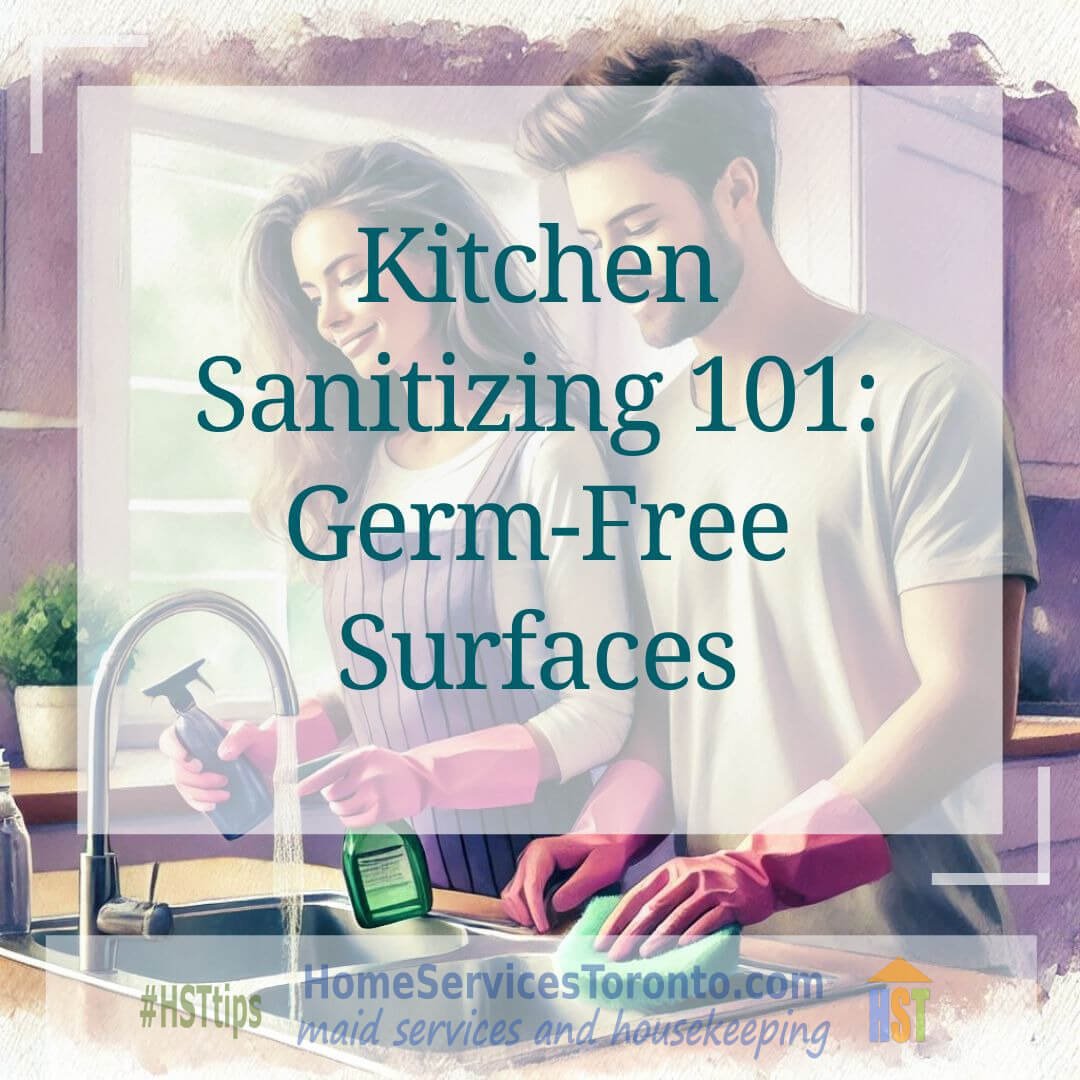
Things You Should Never Clean With Dish Soap
Dish soap may be a kitchen staple, but it's not safe for everything. Discover the surfaces and materials you should never clean with dish soap — and what to use instead.

Why Baking Soda Is Not Safe for All Cleaning Tasks
Baking soda is a popular natural cleaner, but it’s not safe for every task. Learn why baking soda can damage certain surfaces, pose health risks, and when to use better alternatives for safer, smarter home cleaning.

Best Techniques to Tackle Bathroom Mold at Home
Battling stubborn bathroom mold? Discover the most effective techniques to eliminate mold and mildew for good! Learn which cleaning solutions work best, how to tackle tough grout stains, and preventive tips to keep your bathroom fresh and mold-free. From natural remedies to professional-grade treatments, these proven methods will restore your bathroom's sparkle and protect your family's health. Say goodbye to scrubbing and hello to a cleaner, healthier space!

The Worst Dishwashing Mistakes You Need to Stop Now
Stop sabotaging your dishwashing routine! Learn how improper loading, wrong detergents, and common habits are leaving your dishes less clean while damaging your cookware. These expert-revealed mistakes explain why your glasses stay cloudy and plastic containers smell funky - plus exactly how to fix them for perfect results. Say hello to faster washes, spotless dishes, and kitchenware that lasts years longer!

Organize Kitchen in Just One Weekend
Transform your chaotic kitchen into an organized dream space in just one weekend! This step-by-step guide walks you through decluttering cabinets, optimizing storage, and creating efficient zones for cooking and prep. Discover clever solutions for awkward spaces, must-have organizers, and maintenance tips to keep your kitchen functional long after your organization blitz. Say goodbye to rummaging through messy drawers and hello to a kitchen that actually works for you!

Common Cleaning Mistakes You Might Be Making Right Now
Think you're cleaning effectively? You might be surprised! Discover the most common cleaning mistakes that could be making your chores harder and less effective. From using the wrong products to overlooking hidden germ hotspots, learn what not to do – and how to fix these errors for a truly cleaner home. Stop wasting time and effort with these eye-opening solutions to everyday cleaning blunders.

Effortless Tips to Keep Your Home Clean and Tidy
Maintaining a clean home doesn't have to feel like a never-ending chore. Discover surprisingly simple habits and smart shortcuts that keep your space tidy with minimal effort. Learn how to prevent clutter buildup, tackle messes in minutes, and create cleaning routines that actually work for your lifestyle. These realistic strategies will help you enjoy a consistently neat home without spending your whole weekend cleaning!

Spring Cleaning Guide for Urban Moms
Juggling work, kids, and city life? This spring cleaning guide is designed specifically for busy urban moms who want maximum results in minimum time. Discover smart shortcuts for small spaces, kid-friendly cleaning hacks, and organization tricks that actually work in real life. From apartment deep-cleaning to creating functional family zones, get practical strategies to refresh your home without the overwhelm – because every mom deserves a clean, calm space!

Enjoy a Spotless Home with These Cleaning Tips
Dream of a spotless home without endless scrubbing? Discover game-changing cleaning tips that deliver professional results with minimal effort. Learn the secrets to tackling tough stains, banishing dust, and keeping every room sparkling longer. From kitchen deep-cleans to bathroom refreshes, these expert-approved strategies will transform your cleaning routine—so you can spend less time scrubbing and more time enjoying your immaculate space!

Spring Cleaning Checklist for a Sparkling Home
Get ready for a fresh start this season with our ultimate spring cleaning checklist! This step-by-step guide covers every corner of your home, from often-forgotten baseboards to ceiling fans and everything in between. Learn professional techniques to deep clean carpets, refresh upholstery, and organize cluttered spaces for a home that sparkles from top to bottom. Transform your living space into a bright, rejuvenated sanctuary with these thorough yet manageable cleaning tasks.

Spring Cleaning Essentials for Modern Homes
Revamp your spring cleaning routine for a contemporary home! Discover must-know techniques for maintaining sleek surfaces, smart home devices, and minimalist spaces. These updated strategies go beyond basic dusting—learn how to deep clean modern finishes, organize high-tech living areas, and keep your home looking effortlessly pristine all season long. Say goodbye to outdated methods and hello to cleaning that complements your modern lifestyle!

Why Regular Home Cleaning Boosts Health and Happiness
Regular home cleaning does more than maintain appearances—it actively boosts your health! Discover how consistent dusting, vacuuming, and disinfecting reduces allergens, eliminates germs, and creates a healthier living environment. Learn how a clean home can improve respiratory health, decrease stress levels, and even promote better sleep. Your cleaning routine might be the ultimate wellness habit you're already practicing!

Effortless Ways to Achieve a Cleaner Home Today
Want a cleaner home without spending all day scrubbing? Discover effortless ways to instantly refresh your space with these quick and easy tips. Learn clever shortcuts for tackling dust, stains, and clutter in minutes—so you can enjoy a tidier home today and still have time to relax. Small changes make a big difference!

Get a Spotless Home with Our Top Cleaning Tips
Achieve a spotless home effortlessly with these expert-approved cleaning tips! Discover the most effective techniques for tackling dust, grime, and stubborn stains in every room. From kitchen deep-cleans to bathroom refreshes, these professional strategies will help you maintain a sparkling space with minimal effort. Say goodbye to cleaning stress and hello to a home that shines!

Discover the Benefits of Regular Home Cleaning
Regular home cleaning does more than just keep your space looking nice—it creates a healthier, happier living environment. Discover how consistent cleaning reduces allergens, lowers stress, and even boosts productivity. Learn practical tips to maintain a fresher home with less effort, and why making cleaning a habit pays off in comfort and peace of mind. Your future self will thank you!

Clean Home, Clear Mind: The Mental Health Benefits of Regular Cleaning
A clean home does more than impress guests—it clears your mind too! Discover how decluttering and organizing your space can reduce stress, boost focus, and create a more peaceful living environment. Learn simple daily habits to maintain order and enjoy the mental health benefits of a tidy home. Transform your space into a sanctuary that nurtures both your surroundings and your wellbeing.

Home Cleaning Secrets for a Stress-Free Lifestyle
Discover simple home cleaning secrets to transform your space and embrace a stress-free lifestyle. Learn time-saving tips and clever hacks to keep your home spotless without the hassle. From decluttering strategies to efficient cleaning routines, these practical ideas will help you maintain a tidy, serene environment effortlessly.

Healthy Home: Effective Cleaning Habits to Follow
Unlock the power of healthy home cleaning habits to create a safer, more vibrant living space. Explore eco-friendly cleaning tips, daily routines, and natural solutions that promote wellness and sustainability. These practical habits will keep your home fresh, clean, and free from harmful toxins with minimal effort.

Prepare Your Home for Winter with These Cleaning Tips
Get your home winter-ready with these essential cleaning tips. Learn how to tackle seasonal challenges like dust, drafts, and clutter to create a cozy, comfortable space. From deep-cleaning carpets to prepping heating systems, these practical steps will keep your home warm and inviting all season long.

Kitchen Sanitizing 101: Germ-Free Surfaces
Master the art of cleaning hardwood floors with pro-level techniques. Discover simple, effective methods to remove dirt, prevent scratches, and restore shine without damaging your floors. From choosing the right tools to safe cleaning solutions, these expert tips will keep your hardwood floors flawless and long-lasting.
